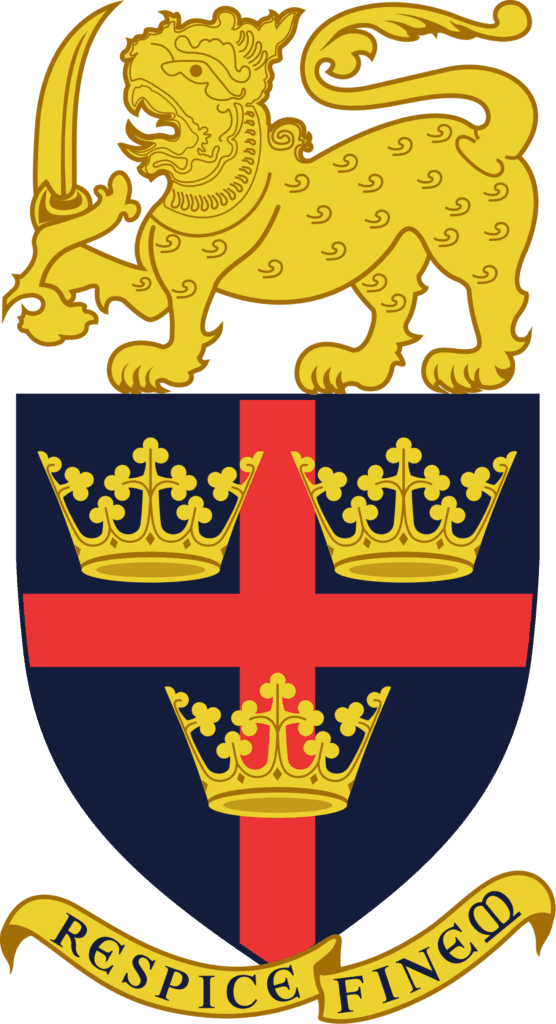There are many materials used for headbands such as wood, leather, plastic, metal, fabric, hemp, teeth, human and animal hair, bone, and novelty materials. The leather headbands are usually glued onto a harder plastic headband, or they are hand-stitched. Plastic headbands, which are most common, can be wavy, straight or angled and come in many colors. Metal can be used to form and support leather headbands. Metal-only headbands may be plain or decorated, sometimes with precious jewels. Fabric headbands are comfortable because they do not dig into the head. They usually have an elastic band, so that the headband forms to the head. Toothed headbands have comb-like teeth that are connected to the top part of the headband. Their teeth ensure that the hair stays in place.
Novelty headbands can be used for holidays and may have decorations attached such as bunny ears, reindeer ears, Santa Claus hats and others. Headbands are often part of a larger fashion statement — they can be color-coded and matched accordingly to one’s outfit. [MICROSOFT BING]
In this Issue
Once again it is time for the much looked forward to cricket matches against our archrivals. And what better way than to adorn oneself with a headband to support the team?































